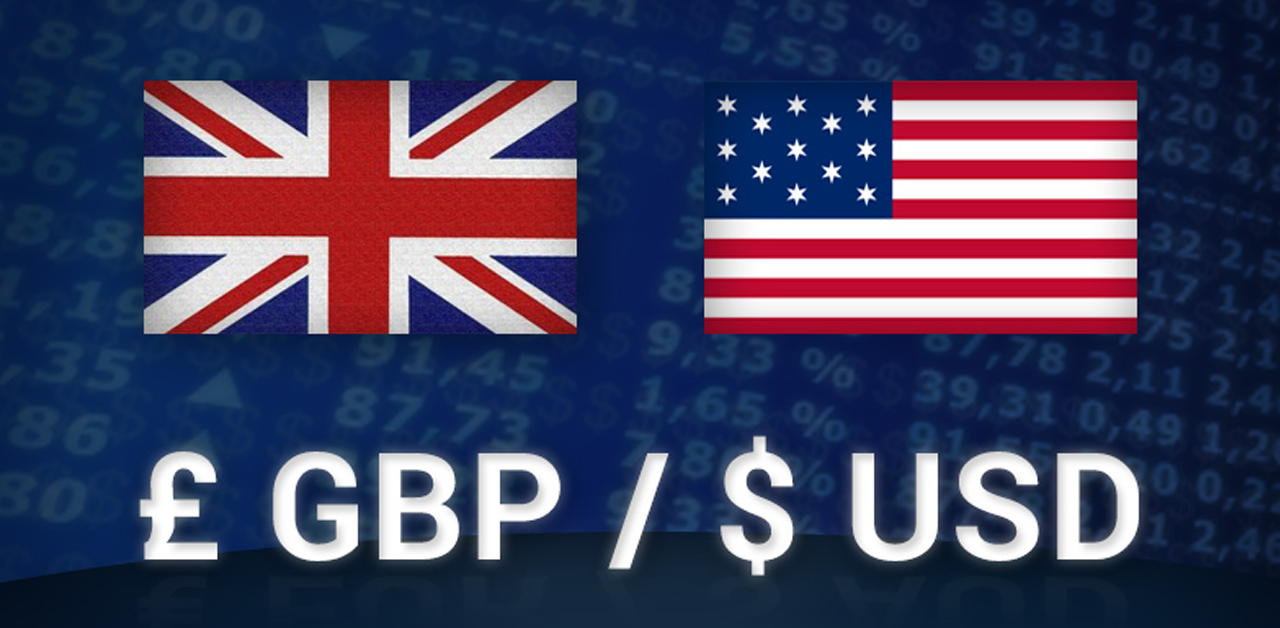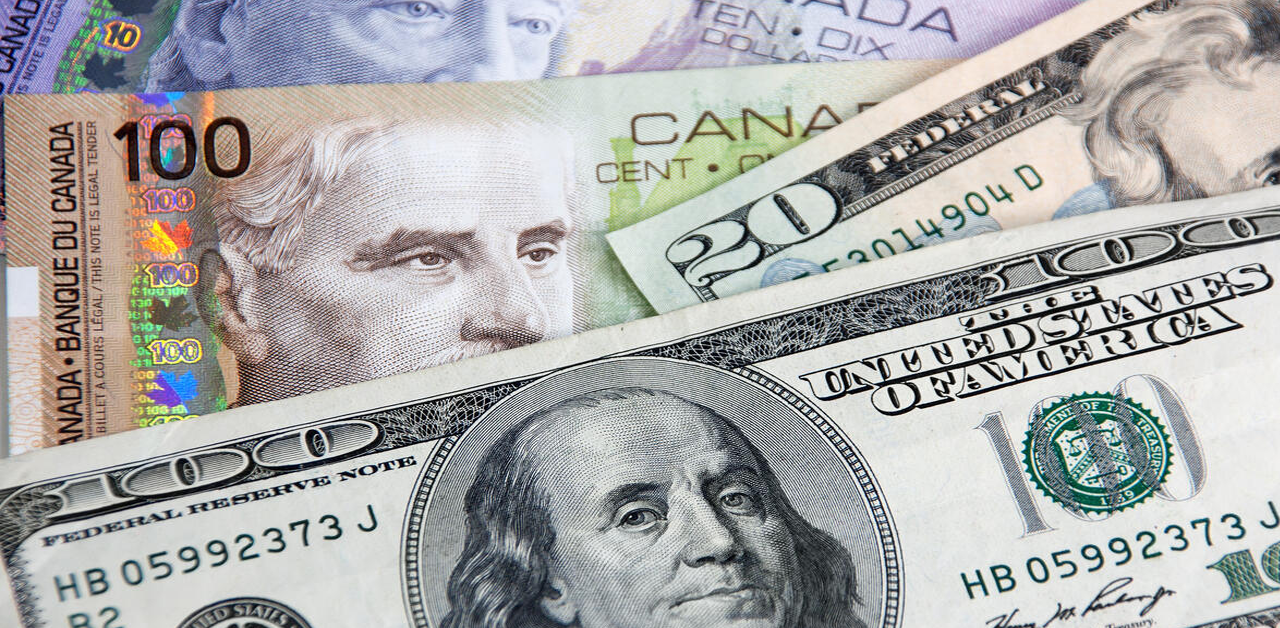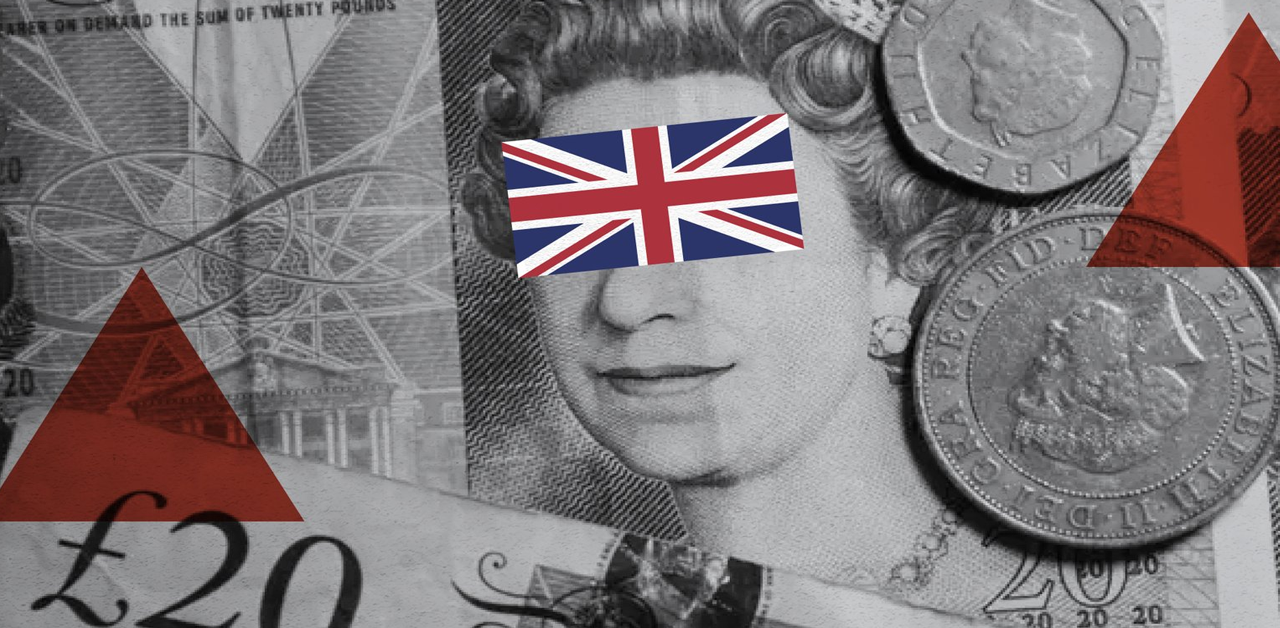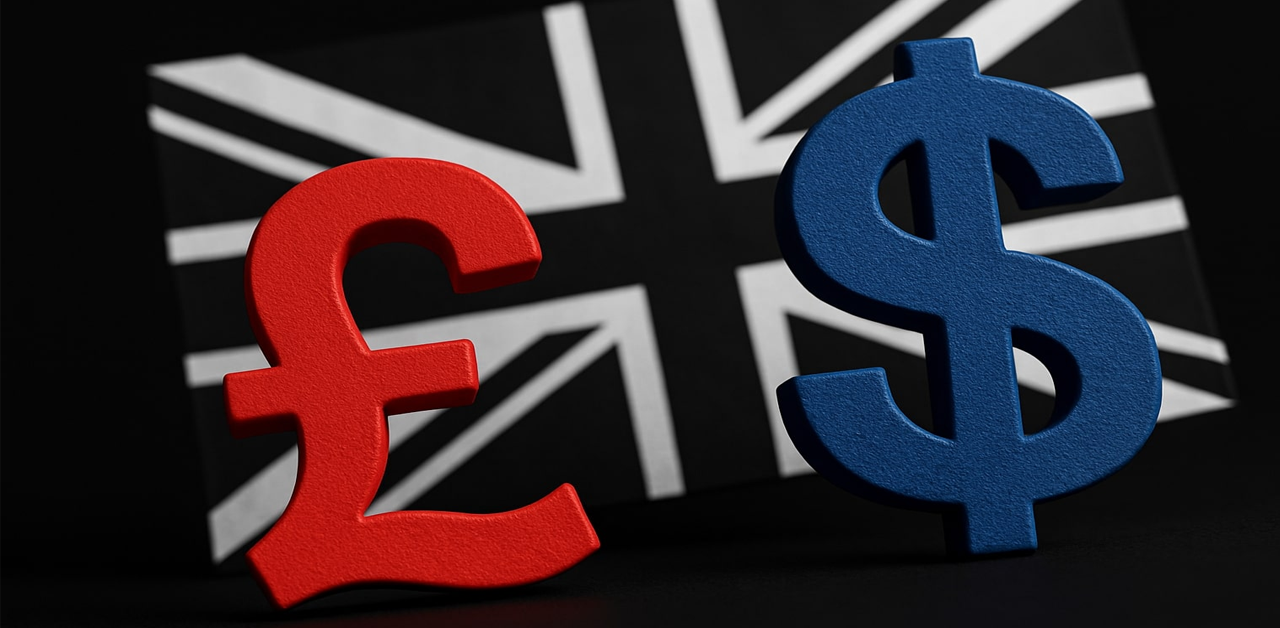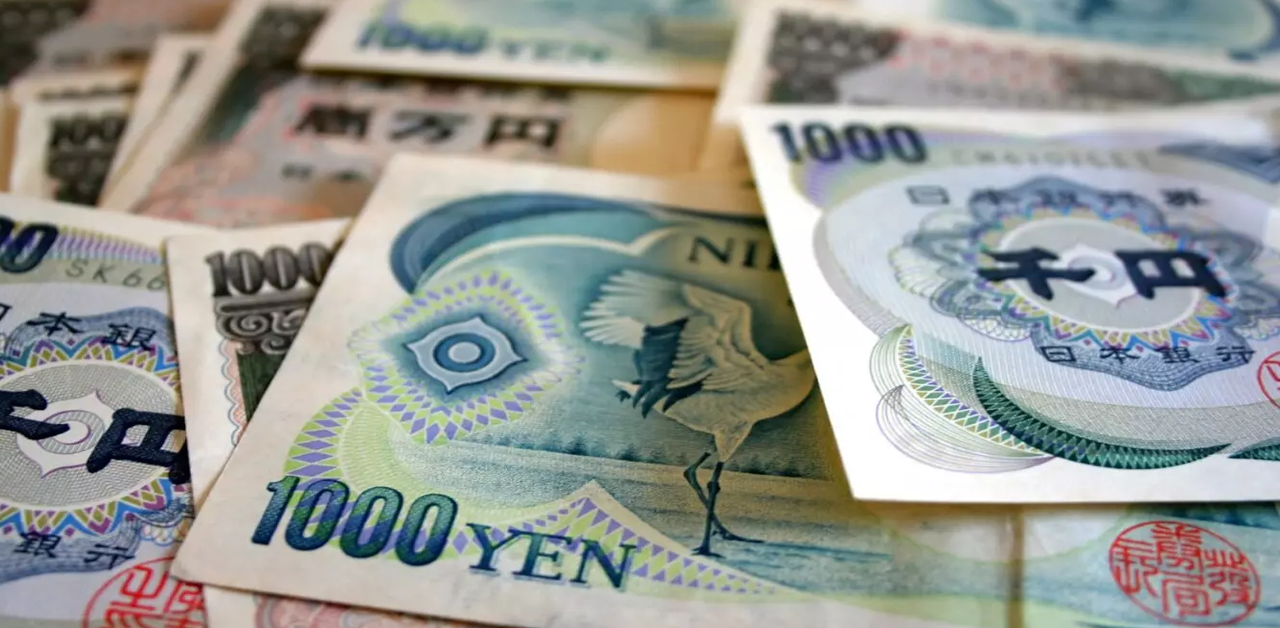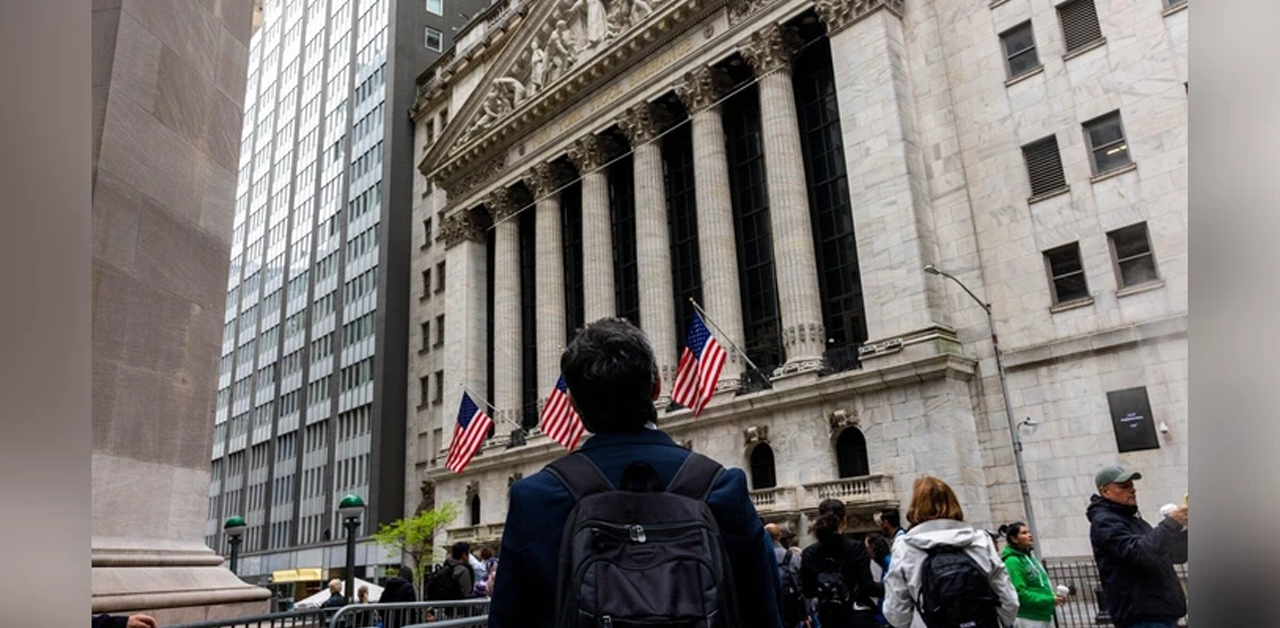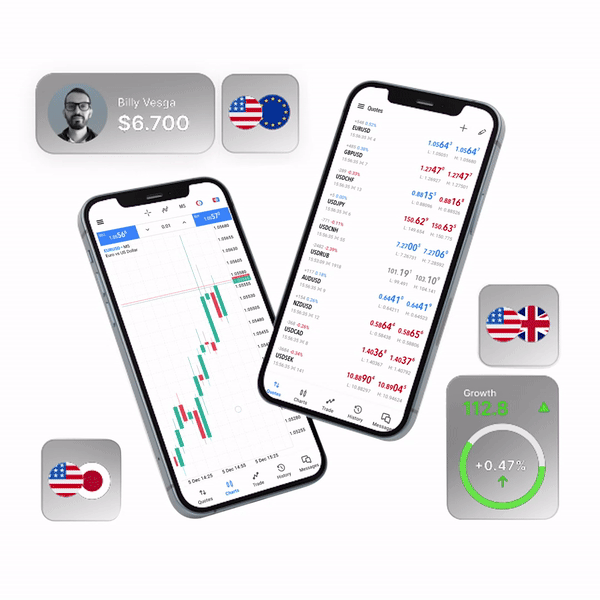Wednesday saw GBP/USD struggle, hovering near 1.3380 as Asian markets opened. Clearly investors were hesitant, awaiting crucial UK inflation figures—September’s CPI alongside the RPI.
The British pound dipped when figures revealed the UK government took on an additional £7.2 billion in debt during the first six months of the financial year. Overall borrowing hit £99.8 billion—surpassing predictions of £92.6 billion from budget officials. Meanwhile, September saw a surge in debt interest payments, climbing 66% to £9.7 billion, a new high for that time of year.
The British Pound didn’t fall far despite a weak US dollar—troubled by the continuing government closure. Because this stalemate stretches into a fourth week, vital figures like Nonfarm Payrolls are stalled, so gauging how well the American economy performs is tough for those trading.
Nearly every economist surveyed by Reuters—115 from a group of 117—figures the Federal Reserve will lower interest rates a quarter point, bringing them to between 3.75% and 4%, sometime this month. And many anticipate another cut before January even comes.
Traders are delaying currency transactions, with their attention focused on future news about British pricing as well as what the Federal Reserve reveals. If British debt continues to rise, the pound may fall; however, a weaker dollar may prevent major reductions in GBP/USD.

